When I started to learn about trading and investing in stock market, the first thing that I read about was basic fundamental analysis, and many books and blogs emphasized on over valued stocks and under valued stocks, where you should only buy undervalued stock and avoid buying over valued stocks. And when I asked how do i know if a stock is over valued or undervalued is, the answer was “simply, check the PE ratio” If its higher, then stock is over valued and its lower, it is under valued. This is what I was taught during my early stage and I know still many beginner fall for this trap.
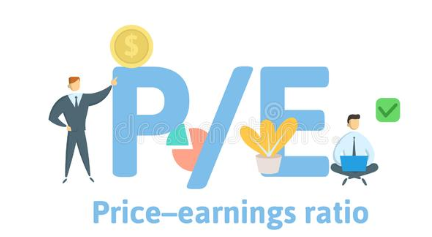
But I realized much later that Fundamental Analysis deals with many factors not only PE ratio alone. There are tons of factors to be considered. Instead I focused on Quantitative analysis and I started reading more research papers than trading books. In one such article, the founder Cliff Asness ,AQR Capital, one of the largest hedge fund in the world, talks about Momentum.
Momentum is the phenomenon that securities which have performed well relative to peers (winners) on average continue to outperform, and securities that have performed relatively poorly (losers) tend to continue to underperform.
In his research paper, he simply found that stock that has performed well in the past relative to its peers, will continue to perform well in future . Which in fundamental factor means, a stock which is over valued, can continue to remain in over valued zone. People who now say stocks like Asian Paints, HUL, NESTLEIND are over valued now, they said the same 5 years before as well.
Look at the PE ratio of Asian Paints, for last 5 years it continued to stay in over valued zone.
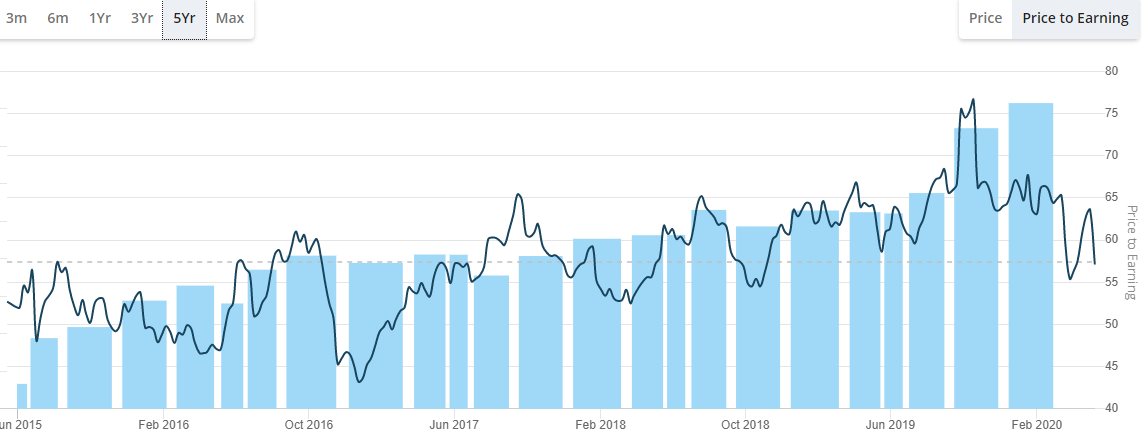
But look at the price of the stock, moved from Rs.800 to Rs. 1800, that’s 125% increase in price. In spite of people saying stock trading in over valued zone, higher PE, the stock continued to zoom up.
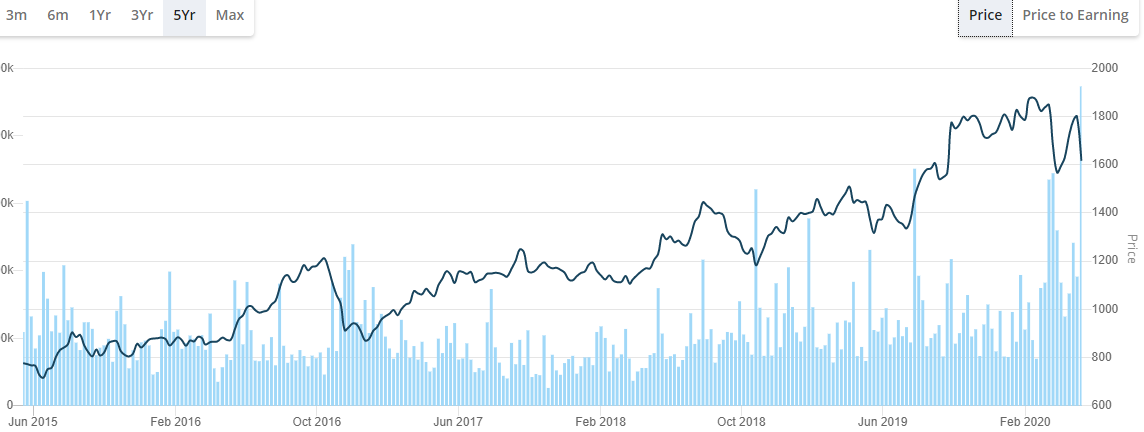
Let’s take another example of HUL, look at its PE ratio chart for last 5 years. This one also continued to stay in over valued-higher PE zone.
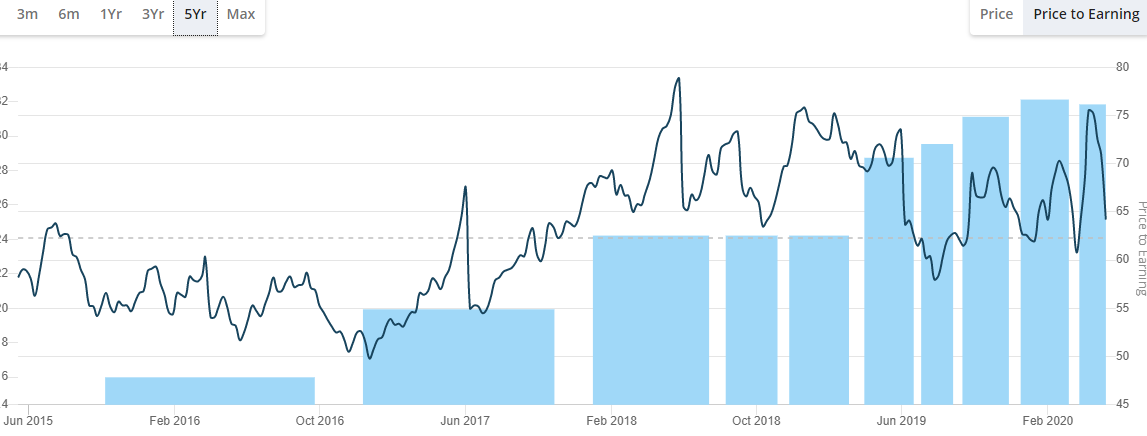
But look at the returns this stock made, from Rs.800 levels, moved to Rs.2400, more than 200% returns made,without considering dividends.
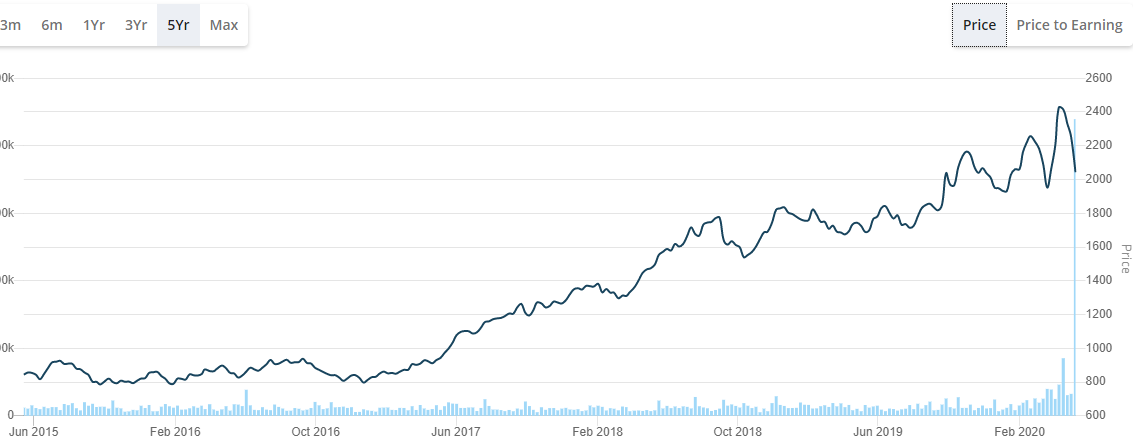
No price is too high or too low. Stocks that has hit 52 week high, can continue to make new high and stocks that new 52 week low, can continue to drift lower and make new lows. That’s what momentum is all about, and that’s what Cliff Assness discussed in his research paper as well. We have explained that factor in this article Buying and Selling stocks based on 52 Week Highs/Lows? - Algo Trading in India |
Next time when someone simply states, do not buy this stock, because its PE ratio is high, don’t give a damn about it. PE ratio alone is not a fundamental analysis, there are tonnes of ratio you need to consider for fundamental analysis, if that’s not your cup of tea, then you should learn about Quantitative Analysis, where other than price, nothing else is considered.
source: The misconception of PE ratio and overvalued stock - Algo Trading in India |
